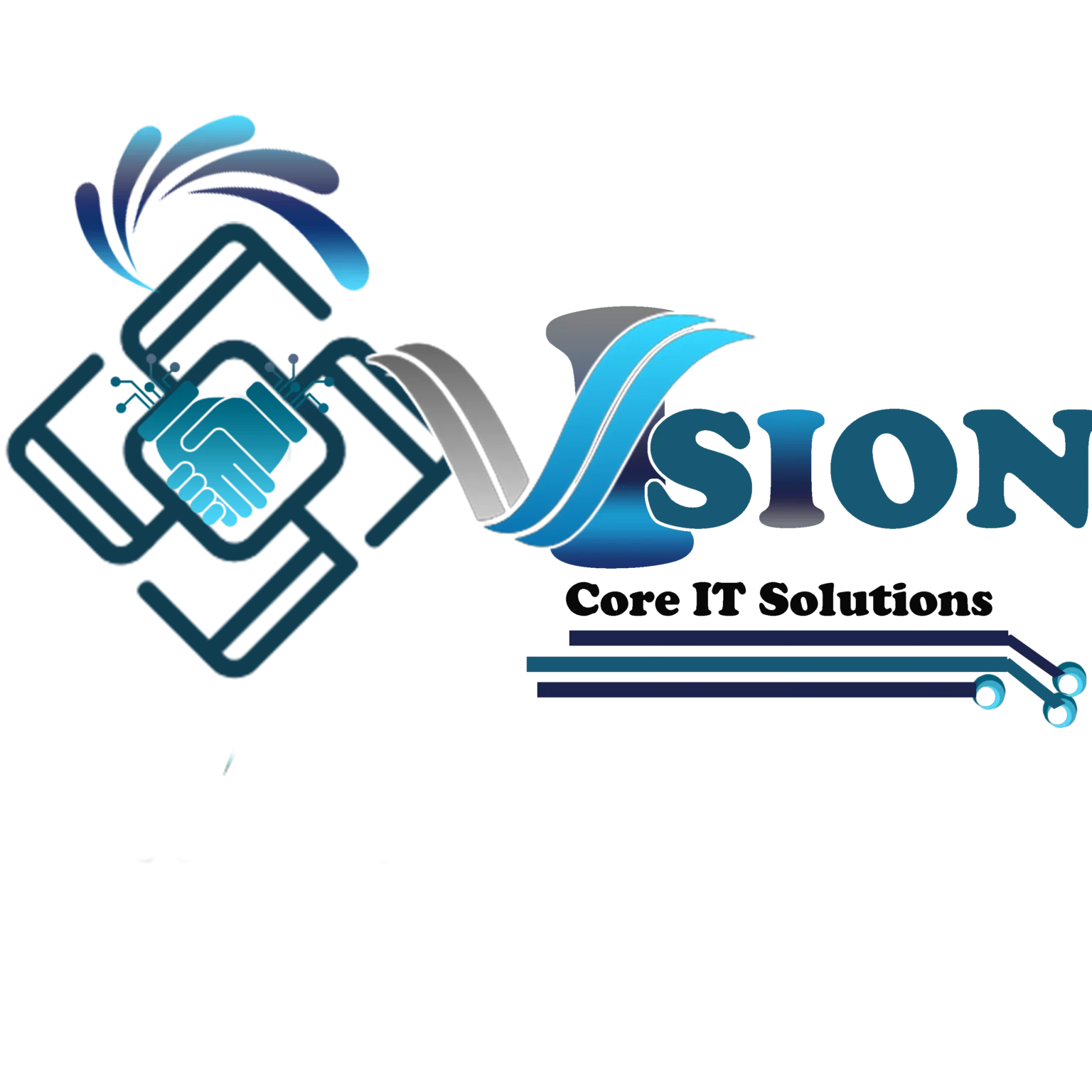How to Create a Culture of Innovation in Your IT Company

Creating a culture of innovation within an IT company is crucial for its growth and sustainability in a rapidly evolving industry. Innovation drives not only the development of new products and services but also enhances operational efficiencies and employee engagement. In this article, we will explore the importance of fostering a culture of innovation in a software it company and provide practical strategies for leaders to cultivate such an environment.
Understanding Innovation in IT Companies
Before we delve into the strategies, it’s essential to understand what innovation means in the context of an IT company. Innovation is not just about coming up with new products or technologies. It encompasses all aspects of the company, from improving customer experiences to optimizing internal processes. For IT companies, innovation often involves integrating new technologies like artificial intelligence (AI), machine learning, cloud computing, and blockchain into their service offerings. However, fostering a culture of innovation is not solely about technological advancements; it also involves nurturing a mindset that encourages creative problem-solving, risk-taking, and continuous learning among employees.
The Importance of a Culture of Innovation
Competitive Advantage: In the IT industry, staying ahead of the competition is crucial. Companies that foster a culture of innovation are better equipped to develop new products and services faster, responding to market demands and disruptions. This agility and readiness for change allow them to capitalize on emerging opportunities before their competitors do.
Attraction and Retention of Talent: A workplace that values and fosters innovation is appealing to talented professionals. IT professionals, especially millennials and Gen Z, are increasingly looking for organizations that provide an environment where they can experiment, learn, and grow. A strong culture of innovation not only attracts top talent but also keeps employees engaged and motivated, reducing turnover rates.
Enhanced Problem-Solving: Innovative cultures encourage employees to think outside the box, experiment, and embrace failure as part of the learning process. This mindset leads to more effective problem-solving and the creation of novel solutions to complex challenges. Employees in such environments are more likely to develop creative ways to improve products, services, and processes, driving the company’s overall success.
Customer Satisfaction and Market Relevance: Continuous innovation helps IT companies stay relevant to their customers. By consistently introducing new features, improving user experiences, and adapting to technological advancements, companies can meet and exceed customer expectations. This adaptability helps retain customers and build loyalty, which is vital for long-term growth.
Strategies for Fostering a Culture of Innovation
Leadership Commitment: The foundation of an innovative culture is strong leadership. Leaders must visibly support and demonstrate commitment to innovation. They should communicate the importance of innovation to the entire organization and set the tone by embracing change themselves. This could involve allocating resources for R&D, dedicating time for brainstorming sessions, and celebrating innovative successes. Leaders should also be role models for creative thinking and risk-taking.
Create a Safe Environment for Failure: A fear of failure can stifle innovation. To encourage employees to take creative risks, IT companies need to foster a safe environment where failure is not punished but is viewed as a learning opportunity. Leaders should encourage experimentation and be open to the possibility of failure without immediate negative consequences. This approach can lead to breakthrough innovations, as employees are more likely to take calculated risks.
Empower Employees: Innovation should not be the sole responsibility of a dedicated innovation team; it should be a mindset embedded in every part of the organization. IT companies should empower employees at all levels to contribute ideas. This can be achieved through initiatives like innovation challenges, hackathons, and internal contests where employees pitch ideas to leadership. These events encourage creativity and allow a diverse range of voices to contribute, fostering a collaborative environment.
Invest in Continuous Learning: To maintain a culture of innovation, companies must continuously invest in the development of their employees. This includes providing access to training, workshops, and seminars on emerging technologies, as well as encouraging employees to pursue certifications. Encouraging employees to learn from external sources—such as industry conferences, networking events, and collaborations with academic institutions—can also enrich the company’s knowledge base and inspire new ideas.
Incorporate Customer Feedback: Innovation often stems from understanding customer needs and pain points. IT companies should actively solicit feedback from customers and use this input to inform their innovation strategy. This could be through customer surveys, feedback loops, or user communities. Engaging with customers helps ensure that innovations are aligned with market demands and are more likely to be successful.
Physical and Cultural Space: The physical environment plays a crucial role in fostering creativity and collaboration. Creating physical spaces within the office that encourage informal interactions, like break rooms or communal areas, can promote spontaneous brainstorming sessions. Companies should also cultivate a culture where different departments collaborate regularly, breaking down silos that can hinder innovative thinking. Regular team-building activities and off-site retreats can also help employees bond and share ideas across different parts of the organization.
Recognize and Reward Innovation: Acknowledge and reward employees who demonstrate innovative thinking. This could be through formal recognition programs, bonuses, promotions, or other incentives. Celebrating both large and small successes publicly reinforces the company’s commitment to innovation and motivates other employees to contribute their ideas.
Overcoming Barriers to Innovation
While fostering a culture of innovation has numerous benefits, it also comes with challenges. Common barriers include risk aversion, resistance to change, and lack of resources. Overcoming these barriers requires a strategic approach:
Addressing Risk Aversion: Cultivate a culture where employees feel comfortable proposing bold ideas without the fear of negative repercussions if the idea fails. Leaders should demonstrate their support for risk-taking and emphasize the learning potential from mistakes.
Breaking Down Silos: Silos within the organization can stifle innovation. Encourage cross-functional teams and foster communication across departments. This can be done through regular meetings, shared project spaces, and open communication channels.
Providing Resources: Companies must allocate sufficient resources for innovative projects, whether in terms of time, budget, or access to new tools. Leaders should prioritize innovation within the company’s strategic planning and ensure that it is supported at all levels.
Conclusion
Creating a culture of innovation in an IT company requires a comprehensive and multifaceted approach. Leadership commitment, empowerment of employees, a safe environment for experimentation, continuous learning, and customer-centric strategies are all crucial elements. By integrating these strategies, IT companies can foster an environment that not only drives technological advancements but also nurtures a passionate and motivated workforce. A culture of innovation not only propels a company forward in terms of business success but also enriches the professional lives of its employees, ensuring sustained growth and relevance in the competitive IT landscape.
Note: IndiBlogHub features both user-submitted and editorial content. We do not verify third-party contributions. Read our Disclaimer and Privacy Policyfor details.







